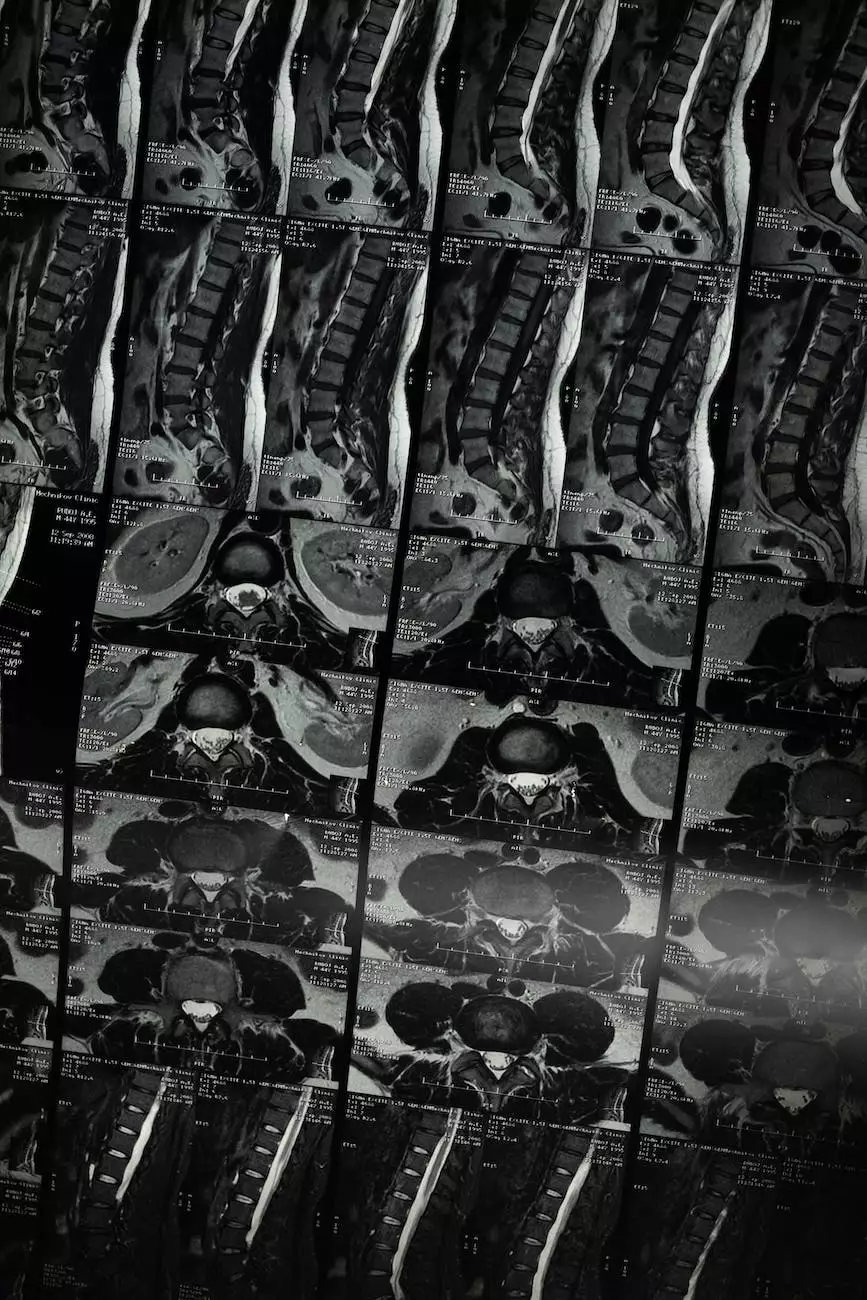Why You Should Get Monthly Breast Exams
Women's Health
The Importance of Regular Breast Exams
As a woman, taking care of your health should be a top priority, and one aspect that should not be overlooked is breast health. Regular breast exams are crucial in detecting and preventing breast cancer, one of the leading causes of cancer-related deaths among women. At Bowling Orthopaedics, we understand the significance of early detection and want to emphasize the importance of monthly breast exams.
The Benefits of Monthly Breast Exams
Regular breast exams offer numerous benefits that contribute to maintaining optimal breast health. By performing these exams on a monthly basis, you increase your chances of detecting any abnormalities early on, which can significantly improve the prognosis and treatment options.
Early Detection
Early detection is key when it comes to breast cancer. By conducting monthly self-exams or scheduling regular check-ups with a healthcare professional, you become familiar with your breasts and can identify any changes promptly. Detecting breast cancer in its early stages greatly increases the chances of successful treatment and improves long-term survival rates.
Promoting Breast Health
Besides early detection, regular breast exams promote overall breast health. By examining your breasts regularly, you become more aware of the natural changes that occur throughout your menstrual cycle. This self-awareness empowers you to recognize any abnormal changes and seek medical advice promptly.
Guidelines for Performing Monthly Breast Exams
Performing monthly breast exams is relatively simple, and following these guidelines can help ensure effective self-examinations:
- Select a regular time to perform the exam, ideally a few days after your period has ended to minimize hormonal fluctuations.
- Begin by visually inspecting your breasts in front of a mirror, looking for any changes in size, shape, or skin texture. Pay close attention to any changes in the nipple area.
- Next, using the pads of your fingers, gently feel each breast and the surrounding areas. Move your fingers in circular motions, covering the entire breast and underarm region. Pay attention to any lumps, thickening, or unusual textures.
- If you notice any changes, consult a healthcare professional for further evaluation.
Early Detection Methods
In addition to self-exams, there are other methods available for the early detection of breast cancer. These methods complement regular breast exams and include:
Mammograms
Mammograms are X-ray images of the breasts that can detect abnormalities, such as tumors or calcifications, even before they are noticeable. Regular mammograms are recommended for women over the age of 40, as they can help identify potential issues before symptoms arise.
Clinical Breast Exams
During a clinical breast exam, a healthcare professional examines your breasts for any abnormalities. These exams are typically performed during routine check-ups and are an important part of comprehensive breast health care.
Genetic Testing
Genetic testing can identify certain gene mutations that increase the risk of developing breast cancer. If you have a family history of breast cancer or other risk factors, genetic testing can provide valuable information for early intervention and prevention.
Conclusion
In summary, monthly breast exams play a pivotal role in maintaining breast health and detecting breast cancer at its earliest stages. By incorporating self-exams, regular check-ups, and additional early detection methods, such as mammograms and genetic testing, you significantly increase the chances of successful treatment and improved outcomes. At Bowling Orthopaedics, we encourage women to prioritize their breast health and emphasize the importance of regular monthly breast exams for optimum well-being.




